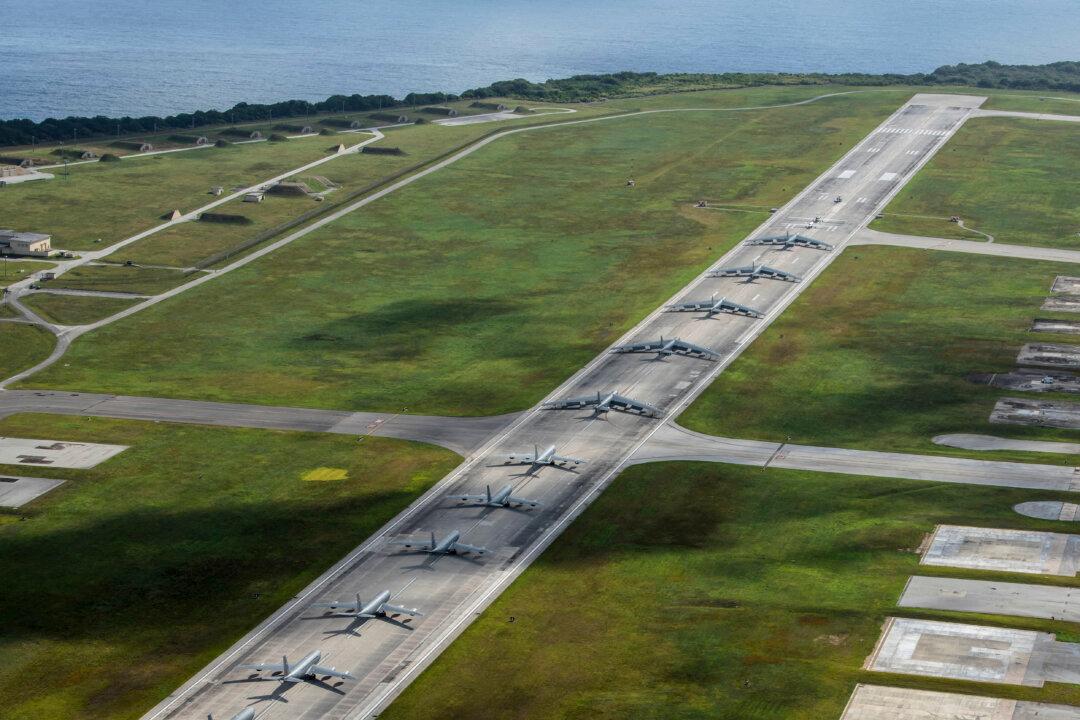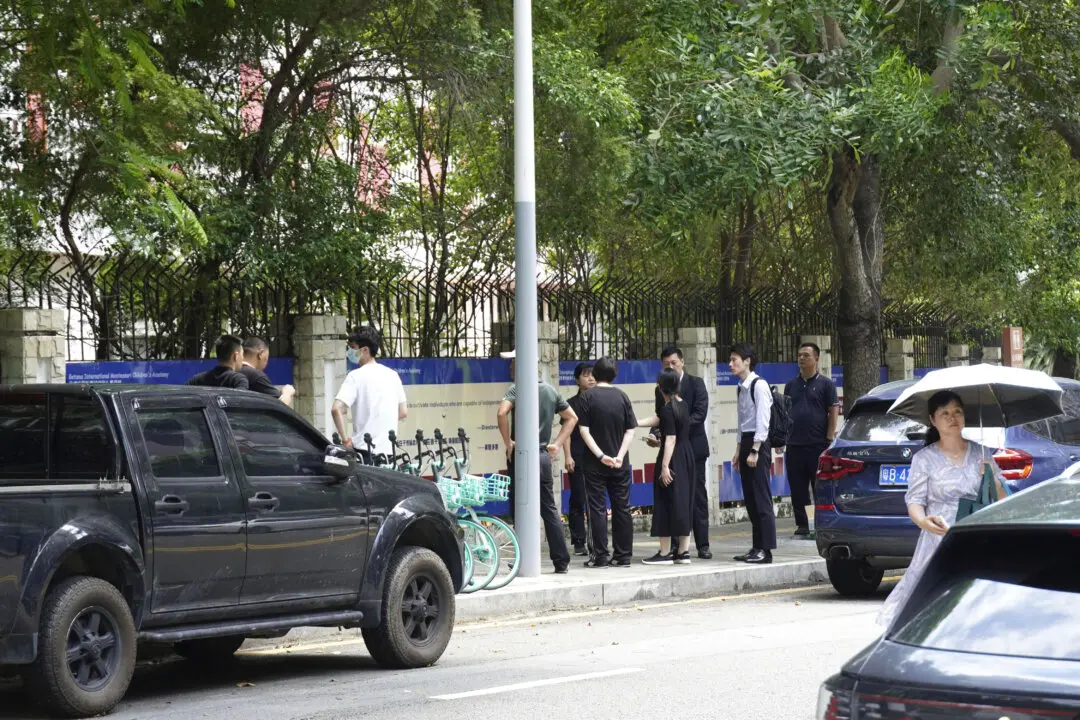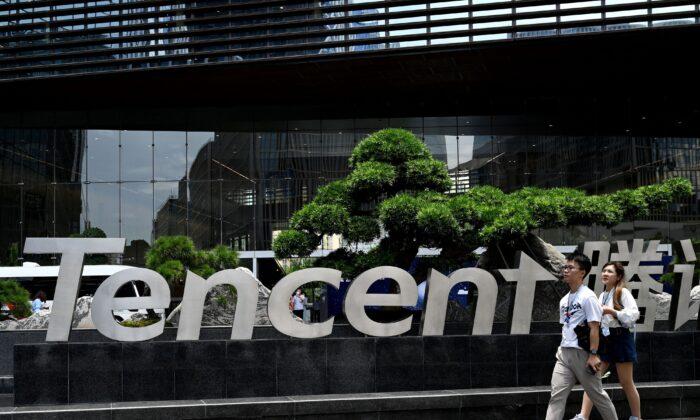NEW YORK—Gravesend Bay, once laden with environmental-related health issues, is now a growing community on the southwest Brooklyn waterfront. On Sunday, the communities of southern Brooklyn and Manhattan banded together against the city’s Solid Waste Management Plan (SWMP), fearful it will bring the problems back.
From 1950–1980, New York City operated an incinerator—without a permit or environmental review—on the site where the city is planning to build a new marine transfer station (MTS).
Countless toxic substances were tossed into the water from the incinerator, said Assemblyman Bill Colton, who had opposed the 2006 plan from the beginning. Layers of sand have since covered the high concentrations of mercury, chlordane, and mirex, which were discovered both in a study Colton commissioned and a newer environmental study done by the city last year.
Building the planned MTS would require dredging down to the level where these toxins sit.
On Sunday community groups, advocates, residents from Manhattan and Brooklyn, and elected officials rallied near the site of the planned MTS to call for a stop to the plan, forming a coalition of over 30 groups.
“The previous administration was more interested in moving it forward than doing a thorough study,” said Council member Mark Treyger, who had been involved since he was a staff member in Colton’s office, going to meetings from the early planning stages. Now, communities think the new, progressive administration will be more receptive to changing the plan.
Borough Equity
Kelly Nimmo-Guenther, president of Pledge 2 Protect, lives on Manhattan’s West Side, near a waste transfer station on 59th Street.
“When I first heard about it [the East 91st Street station], I just thought, well, everyone has to do their fair share,” said Nimmo-Guenther, who is now championing for a stop to the East 91st Street and Gravesend Bay stations.
But as a mother of two—one of her daughters played soccer on the field next to the MTS site, and the other was an athlete at a nearby facility—she felt it was her responsibility to do more research.
As she learned more, she found the plan would do little to address the city’s waste problem. The Upper East Side and southwest Brooklyn stations would only divert 3 and 4 percent of the city’s waste respectively and, unlike the other stations, sit in flood zones.
Southwest Brooklyn community members said they have proposed to move the site to 65th street, where the sewage treatment plant is.
Proponents of the 2006 SWMP have said each borough should take its share of responsibility in waste management, rather than relying on Brooklyn and the Bronx to host the majority of these stations.
Nimmo-Guenther said that perspective pits each borough against each other, drawing them away from the bigger environmental issues and the need to increase composting and recycling.
Sanitation Commissioner Kathryn Garcia said the administration is taking a new approach to the plan, which takes several factors into consideration.
“This administration has taken a new approach to implementing the city'’ Comprehensive Waste Management Plan, which is guided by a commitment to fairness and borough equity, while also being responsive to air quality, traffic, and pedestrian safety concerns of communities in close proximity to marine transfer stations,” Garcia stated.
Over the past few weeks Pledge 2 Protect has been meeting with the administration to work out possible alternative plans and sites, or at least alterations to the plan to build the East 91st Street Station, said board member Sean Wood.





